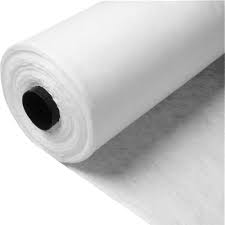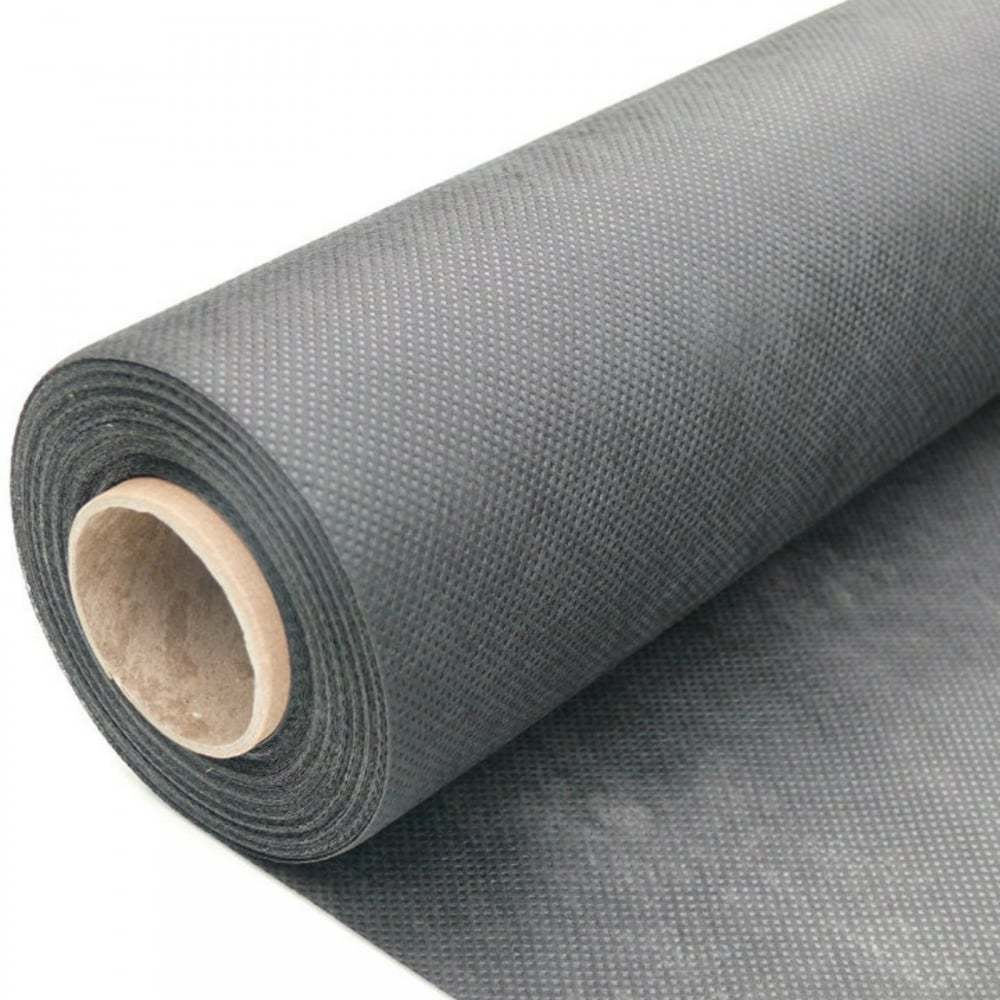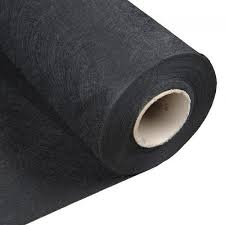+86-159 9860 6917
info@geofantex.com
geofantex@gmail.com
+86-400-8266163-44899
Geotextile fabric is a versatile material used in various civil engineering and landscaping applications. Geotextiles are used to let water through, which raises a common question about their interaction with water: How exactly does this permeability work? This article explores the permeability of geotextile fabric, its uses, and its effectiveness in different applications.
Does water penetrate geotextile fabric?
Yes, water can penetrate geotextile fabric. Geotextile fabrics are designed to be permeable, allowing water to easily flow through while retaining soil particles. This permeability is a key feature that makes geotextile fabric suitable for applications such as drainage, filtration, and erosion control. By letting water through, geotextile fabrics prevent water buildup and reduce hydrostatic pressure behind retaining walls and other structures.

Is geotextile fabric permeable?
Geotextile fabric is indeed permeable. Geotextiles are a permeable synthetic textile material, and the degree of permeability varies depending on the type of geotextile fabric used. Woven geotextiles have a lower permeability compared to non-woven geotextiles, which are more porous. This permeability allows geotextile fabrics to be used in applications where water drainage is essential, such as in road construction, retaining walls, and landscaping projects.
Can geotextile be used for waterproofing?
While geotextile fabric is permeable and allows water to pass through, geotextile is a universal material for waterproofing. However, it is not typically used for waterproofing purposes alone. Instead, geotextiles are used in conjunction with other materials that provide waterproofing. For instance, in retaining wall applications, geotextiles may be used to separate and filter soil layers while a waterproofing membrane is used to prevent water from penetrating the structure. Geotextiles support the waterproofing process by managing water flow and preventing soil erosion.
What is the purpose of geotextile fabric?
Geotextile fabric serves multiple purposes in civil engineering and landscaping:
- Drainage: Geotextiles allow water to pass through while retaining soil, reducing hydrostatic pressure and preventing water buildup. They are essential for draining water efficiently in various applications.
- Separation: They prevent the mixing of different soil layers, maintaining the integrity of the backfill material and improving stability. This function is crucial for separating different soils from each other effectively.
- Reinforcement: Geotextiles add tensile strength to the soil, enhancing its load-bearing capacity and preventing erosion. Reinforcing soil in this manner ensures a more stable and durable structure.
- Filtration: By acting as a filter, geotextiles keep soil particles in place while allowing water to drain away, preventing soil loss and maintaining structural integrity.
Geotextile fabric is a permeable material that allows water to pass through while retaining soil particles. This characteristic makes it ideal for applications that require drainage, filtration, and soil stabilization. While geotextile fabric is not used for waterproofing on its own, it supports waterproofing efforts by managing water flow and preventing soil erosion. Understanding the permeability and purpose of geotextile fabric helps in selecting the right type for various civil engineering and landscaping projects, ensuring effective and long-lasting results.



Get Free Sample
We’ll respond as soon as possible(within 12 hours)






















